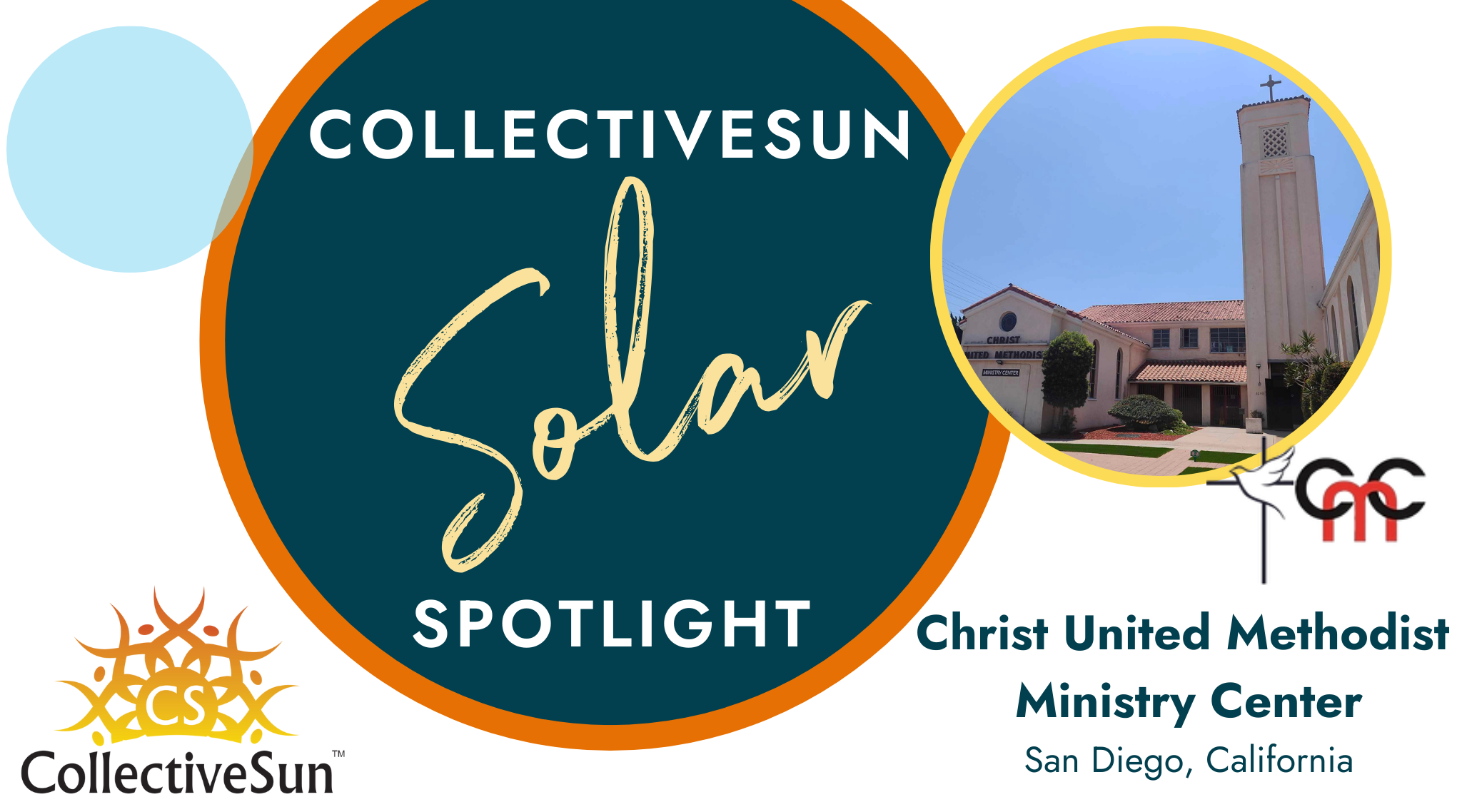
2024 Direct Pay Update: The Final Regulations
|
The Inflation Reduction Act (IRA), passed in August 2022, introduced a new provision called Elective Pay, more commonly known as Direct Pay. Because Direct Pay creates a very exciting new pathway for nonprofit organizations to utilize tax credits previously unavailable to them, we’ve been following it closely since it was introduced.
On March 5, 2024, the final Direct Pay regulations were released. The main news is that there isn’t much news; most of what’s in the final regulations was already in the proposed regulations. However, the final regulations did include three updates that are worth mentioning, two of which are good news for nonprofits.
1. Expanded eligibility
The first good news is that instead of just 501(a) entities being eligible for Direct Pay, the final regulations specify that all kinds of nonprofits are eligible — from 501 to 530. A specific one to call out is HOAs. If you’re an HOA and make a 528 election, you are now eligible for Direct Pay. (If you don’t know if you do, ask your CPA if you file a Form 1120-H; if so, you make a 528 election and are eligible.)
2. Relief for June 30 year-end tax filers
More good news: If you’re familiar with our Direct Pay webinars or articles (see the links at the end of this article), you may recall that Direct Pay is available only for organizations whose tax year starts in 2023. If you placed a project in service in the beginning of 2023 and you’re a June 30 year-end filer, your tax year actually started in 2022.
The final regulations provided some relief for organizations in this situation. If you’re a June 30 year-end filer who does not otherwise ordinarily have a filing obligation, but your tax year started in 2022, you may be able to elect into a 2023 calendar year and be eligible for Direct Pay.
Government agencies fall into this category. This new rule will be helpful, for example, for schools that placed some electric buses in service in the first half of 2023 and others later that year, after their June 30 year-end. Under the proposed rules, they would not have been eligible for Direct Pay for some of the buses, but now they may be. Keep in mind that eligibility is subject to a number of rules that you should review.
Note: If you have a 6/30 year end and you placed your project in service in the last half of 2023, you don’t need to be concerned about this issue because your tax year started on 7/1/2023 and your project is eligible for Direct Pay in FY24 year ending 6/30/2024.
3. Doubling down on excessive benefits
The “excessive benefit” provision in the Direct Pay regulations stipulates that if your nonprofit funds all or a portion of your solar project with grants or charitable donations that are specifically earmarked for solar purposes, your Direct Pay benefits could potentially be reduced or even completely eliminated. For details, see our article on potential Direct Pay pitfalls.
Although some had hoped this rule would be amended, Treasury seems to have doubled down on it instead. The final regulations say that if you got a restricted grant (one earmarked for solar) and you later reclassified it as a grant that’s not restricted, then the same excessive benefit rules still apply. In other words, you can’t retroactively change the character of a restricted tax-exempt grant.
The regulations also say that if you get a grant earmarked for a project after the project is placed in service (if the grant is “virtually assured”), that could potentially affect your project’s Direct Pay eligibility.
All of this means that you’ll want to pay close attention to your grant terms when they are written, characterizing them as the donor sees fit but in compliance with these rules. That’s a conversation you should walk through carefully.
Learn more
This article is based on our April 16, 2024 Direct Pay Update, a brief video on the final regulations. For more on Direct Pay, see our previous webinars and articles; note that some details have changed since the earliest of these.
- Direct Pay Checklist, April 16, 2024: A simple 5-part checklist to make the process go more smoothly and ensure you get the most out of your investment.
- The Devil Is in the Direct Pay Details, March 2, 2024: This article covers the proposed regulations as of February 22, 2024.
- Webinar: Direct Pay 2024, February 22, 2024: Digging into the details of the proposed regulations.
- Three Things Nonprofits Need to Know About the Inflation Reduction Act’s Direct Pay Provision, February 16, 2024: Challenges to be aware of, and solutions for those challenges.
- Webinar: Direct Pay & the ITC Bonus Adders Update, November 2, 2023: The latest from late 2023, plus an eligibility map tutorial.
- Two Potential IRA Direct Pay Pitfalls Nonprofits Need to Know About, November 9, 2023: Our article for Solar Power World.
- Direct Pay “Excessive Benefit” Rules & Regulations Fact Sheet, October 18, 2023: Important details you need to know.
- Webinar: Direct Pay: What You Need to Know, July 20, 2023: We guide you through lesser-known obstacles that may impact your ability to receive this IRA benefit.
You can learn more about Direct Pay and other IRA provisions in our free courses on HeatSpring. If you have questions about how Direct Pay might affect your nonprofit’s solar plans, don’t hesitate to contact us.
Disclaimer: This information does not constitute legal or tax advice and should not be relied upon for any purpose. Please consult your legal counsel and tax advisor.






